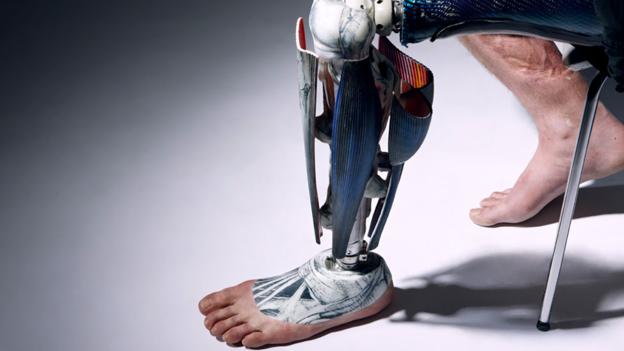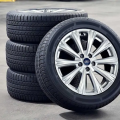The most distressing and torturing thing that anyone can go is losing a limb. It not only affects the mental psychology but also starts questioning about the capability and the appearance of the person. However, replacing limbs by prosthetics have helped the person suffering from the issue by giving them the chance to get mobile and start their movement, and at the same time boosting their self-confidence and making them recover the difference caused to their psychology due to the loss. The most successful example of leg prosthetics is the ‘Blade Runner’ or Oscar Pistorius, who lost both his legs and now is running on ‘Cheetah Flex-Foot Carbon Fiber Transtibial Artificial Limbs.’

The leg prosthetics is divided into two categories ‘BK’ and ‘AK’. The ‘BK’ leg prosthetics is termed as the Below the Knee Prosthetics or Transtibial, and ‘AK’ is termed as the Above the Knee or Transfemoral Prosthetics.
- Types of Artificial Limbs:
There are four types of artificial limbs that include Transtibial, transradial, Transfemoral and Transhumeral prostheses. Which type of prostheses can be used solely depends on the missing limb. Let us know the different prosthesis and their application:
- Transhumeral Prosthesis: If you have been suffering from missing an arm above the elbow, Transhumeral Prosthesis will help you with an artificial limb, to make use of it the most. The Transhumeral Amputees needs a lot of time to get back to retain the normal movement of the limb. A lot of strength is needed to perform the right motion; this makes the movement of the limb and the prosthetic limb very difficult.
- Transradial Prosthesis: Transradial Prosthesis gives an additional limb that restores the arm missing below the elbow. There are two types of Prosthetics available:
- Myoelectrics arms
- Cable operated limbs: They work by connecting a cable and a harness to the opposite shoulder of the arm that has been damaged.The movement depends on when the artificial limb senses a change through the electrodes, when there is a movement in the upper arm, making the artificial limb close or open.
- Transfemoral Prosthesis: This type of prosthesis replaces the leg missing above the knee. Getting back to the normal movement may take some time as it takes almost 80% of the energy that a person may use while walking on both the legs. The reason for such hindrance is due to the intricacy of the design and movement of the knee. The improved prosthetic designs make use of the hydraulics, motors, carbon fiber, microprocessors and mechanical linkages that offer more controlling power of the user.
- Transtibial Prosthesis: This type of prosthesis adds an artificial limb if it is missing above the knee. Transtibial Prosthesis offers an advantage of regaining the movement quickly than Transfemoral Prosthesis.
With the advancement in medical sciences, there is no problem that cannot be cured. Even if you have lost a part of your body, you can still do whatever you want to. Prosthetic limbs give you the freedom to walk and use any part of the body even if you have lost one. Just consult your doctor, and ask which prostheses will be the best for you.




























No Comments
Leave a comment Cancel